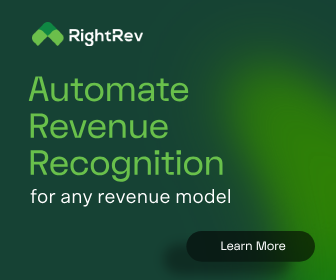With auditors increasingly worried about reputation damage from taking on a high-risk client, some companies are facing a no-win situation in their future.
This according to the Financial Times creates a circular problem—high-risk companies are having trouble finding auditors, making it harder to achieve assurance.
The Two-Prong Audit Challenge
With it harder to find assurance, it’s harder to find auditor support. Paired with the increasing challenges created by COVID, lockdowns, regulatory changes, and lack of connection in a work from home era, and Accountancy Age notes that firms are drifting into troubled waters.
But this raises a question: Why are audits failing in the first place? According to Accountancy Age, the problem is twofold—increasing complexity of audits and the consistent challenge crested by ‘post-event audits’. Accountancy Age notes:
- Increasing Complexity of Audits: Auditors need to work with more data than ever before. Off balance sheet ‘knowledge’ assets continue to rise, large contract revenue and cost recognition is a continued challenge and the speed and quantity of transactions in the ever-growing global market means data points continue to expand.
- The Existence of Audits as Post Event Reviews: Management and auditors face a disconnect. During an audit, management already has a story to tell based on decisions made. Auditors need to qualify the story, but often sees itself getting too heavily influenced by this story.
The Need for Fundamental Change
But with the problems glaring and the challenges seemingly insurmountable, there is a path to change. Accountancy Age notes that proactivity will go a long way in righting the ship.
“The pandemic has shone a spotlight on the need for a more proactive audit process that leverages technology. Currently, three siloed processes running at different times to produce management information (MI), statutory reports and assurance that numbers are correct means issues hard to spot and resolve.”
But how can auditors enact a more proactive audit? It all starts with technology. From real-time flagging of issues to predictive analytics, the combined efforts can put everyone on the same page without increasing the pain or prying that comes from a traditional audit.
“Technology exists now that can flag issues when they arise, rather than way down the line when it’s already too late to do anything about it – automated cash reconciliation, exception reporting, variance analysis, and other predictive or prescriptive analytics can all help. Taking advantage of this technology in real time would give auditors and management enough time to discuss and resolve any issues before the decisions have been taken and the story has been decided upon.”
The combined efforts of auditors and auditees can go a long way in protecting firms from failure, putting both sides of the equation on a path to better assurance and safer profits. Management teams don’t want a failed audit; they want to back up their story of performance. However, the whole point of an audit is to give shareholders a complete picture and ensure the veracity of what management has reported.
Additional Audit Resources
Full Audit or Financial Review? Balancing Effort and Assurance
Complexities and Opportunities of ASC 842 Adoption
Tips for Controllers Looking to Build an Effective Relationship with the Audit Committee




